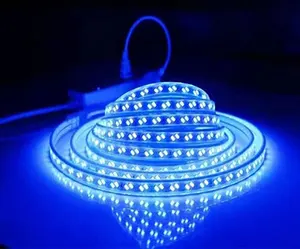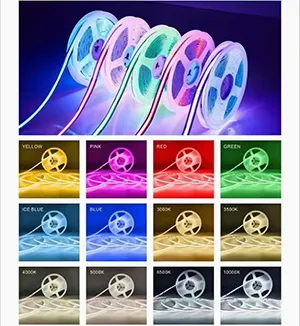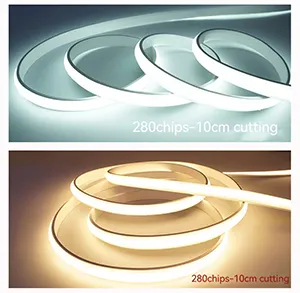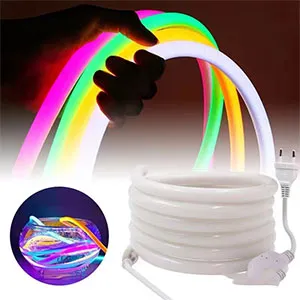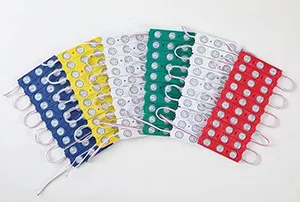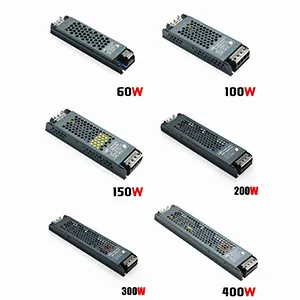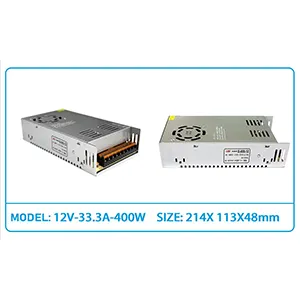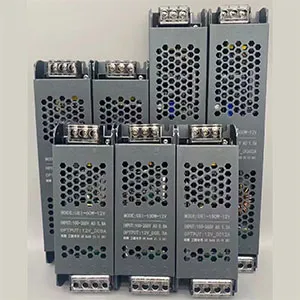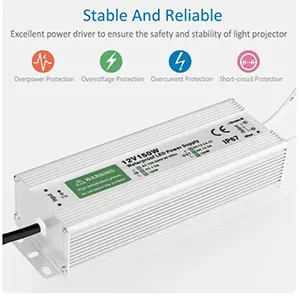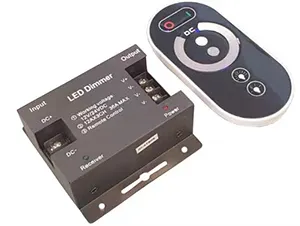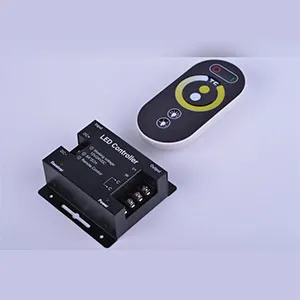Can LED Power Supplies Operate at Variable Voltages?
Flexibility of LED Power Supplies with Variable Voltage Capabilities
In the dynamic world of LED lighting, the ability of an LED power supply to adapt to variable voltages stands as a cornerstone of its versatility and efficacy. Understanding how these power supplies manage variable voltage inputs not only showcases their technological sophistication but also highlights their practical benefits in various applications.
Variable Voltage Input: A Closer Look
LED power supplies designed to handle variable voltage inputs are engineered to work across a wide range of voltages, typically from as low as 90 volts up to 305 volts AC. This capability ensures that LEDs can maintain consistent performance and brightness even when the input voltage fluctuates—a common scenario in areas with unstable power grids or in large buildings where voltage levels can differ from one area to another.
How Variable Voltage Adapts
A key feature of these power supplies is their built-in voltage regulation system. This system automatically adjusts the incoming AC voltage to a stable DC output, which powers the LEDs. By doing so, it protects the LEDs from the potential damage that can be caused by voltage spikes or drops. This regulation is crucial for maintaining both the longevity and the efficiency of the lighting system.

Broad Application Spectrum
The ability to operate at variable voltages makes these power supplies extremely versatile. For instance, they are invaluable in industrial settings where machinery and large equipment can cause significant voltage fluctuations. Additionally, these power supplies are ideal for outdoor lighting systems where power supply conditions may vary due to weather or other environmental factors.
Enhanced Efficiency and Durability
Modern LED power supplies that support variable voltage inputs are often more efficient, sometimes achieving efficiency ratings of up to 94%. This efficiency means less energy is wasted in the form of heat, thereby reducing the cooling requirements and enhancing the overall durability of the power supply. The less heat generated, the longer the electronic components within the power supply will last.
Smart Technology Integration
Many of the latest LED power supplies equipped with variable voltage capabilities also include smart technology features. These features allow for remote monitoring and control, which can be particularly useful for managing large-scale lighting installations from a central system. This integration not only saves time but also optimizes energy use across the installation.
Choosing an LED power supply that can handle variable voltage inputs is crucial for applications requiring high reliability and adaptability. Whether used in commercial buildings, residential areas, or industrial complexes, these power supplies ensure that LED lighting systems perform optimally under varying electrical conditions.
The capability of handling variable voltages thus marks a significant advancement in LED power supply technology, reflecting an understanding of the diverse environments in which modern lighting solutions must operate. As technology evolves, the resilience and flexibility of these power supplies continue to improve, ensuring they remain integral components of efficient, reliable lighting systems.







